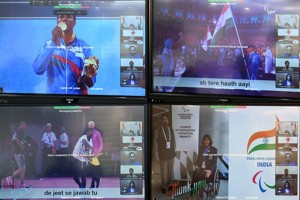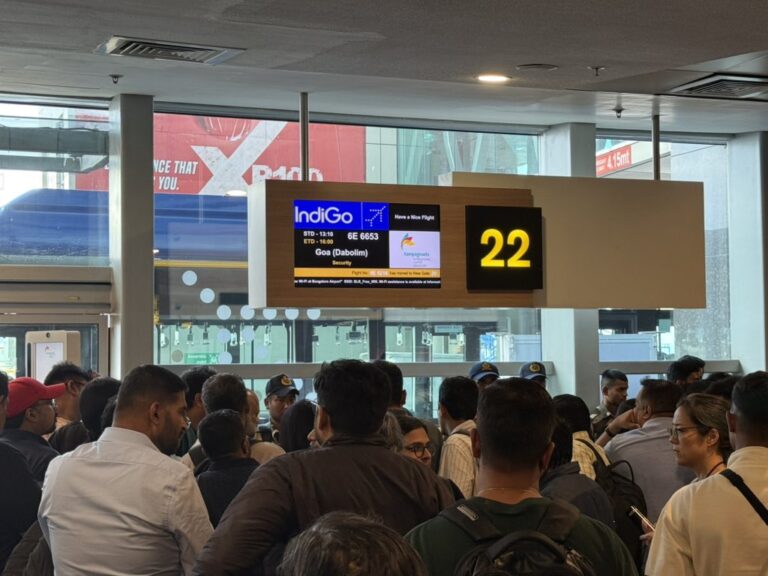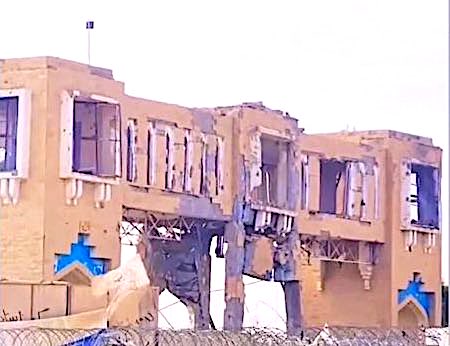
Sunday Snippets
 By Venkatesh Raghavan
By Venkatesh Raghavan
The Indian Olympic contingent has delivered their best performance ever in the 120 years of their participation in the prestigious four-yearly contest at the Tokyo Games 2020. First, what seemed to be a silver lining way back in 2008 Beijing Olympics is now witnessing signs of more and more individual efforts that are paying off, in terms of the sheer medals tally. Still we are miles away from the top-notch countries like the United States, Great Britain and the rest. Our medals tally yet falls way short of the double-digit mark.
Laurels apart, feeling like patting ourselves on the back a bit justified though, India is still a long way off from being hailed as a sporting nation. Let’s explore the strengths and weaknesses that we should touch on over our team’s performance in the current Tokyo Games. Firstly, it was a very happy moment for the Indian hockey team that managed to stage a comeback into its medal winning ways after a gap of 41 years in the Olympic tournament. Albeit we could manage only a bronze compared to our strong performances in the past, Indian hockey is definitely looking up and seems poised for a continued stay in the medals’ tally at the Olympics. To be noted is that none of the players in our current Olympic hockey team were even born when India won it last in the 1980 Moscow Olympics. Fresh faces, fresh generation and quality coaches are yielding new hope for us in this horizon.
In the wrestling arena we were able to secure two individual medals. Besides, we were able to maintain a continued presence in the medal tally since the 2008 Beijing Olympics. Our proud run in Olympic wrestling was first reined in by Ravi Kumar Dahiya, the second Indian Olympic wrestler who made it to the silver medal category. Subsequently, 27-year-old Bajrang Punia made India proud with an Olympic bronze in the wrestling events.
Peaking it all with the Javelin throw gold won by Neeraj Chopra, only the second individual gold won by an Indian Olympian and the first in the track and field category, it does usher in an era of hope for Indian athletes who had though started faring well in the Commonwealth and Asian games, were yet to open their account in the Olympics. Another feather in the cap came from PV Sindhu who though failed to better her earlier record of winning a silver, managed a bronze in the Women’s badminton category and also became the first individual women’s player to secure two medals for India in the Olympic tournament. The baton for the boxing medal in the women’s category got passed on from Mary Kom to 23-year-old Lovlina Borgohain.
These and the other feats that took our medals tally to seven, the best ever in any Olympic India has participated in however, need to be scrutinized against the backdrop of our continued getting listed at the bottom of the medal winning chart. What does this mean and how can we expect things to improve significantly to be a serious contender at sporting arenas like the Olympics? The answer to this is, as we continue throwing up more and more sporting heroes, inspiring not only participation but also competitive performances at the global level, the image of India as a poor sporting nation will most certainly undergo a transformation.
As a rejoinder and celebration of our gala performance at the Tokyo Games, I end it with an inspiring quote from Amitabh Bachhan’s recital of his father Harivanshrai’s poetry’s last stanza: “Asafalta ek chunauti hai, ise sweekar karo; Kya kami reh gayi, Dekho aur sudhaar karo; Jab tak na safal ho, neend, chain ko tyago tum; Sangharsh ka maidan chhodkur mat bhago tum; Kuch kiye bina hi jai jaikar nahi hoti; Koshish karne walon ki kabhi haar nahi hoti.” Roughly translated it means “Failure is a challenge, accept it; Inspect your shortfalls and improve on them; Till you achieve success, sacrifice your sleep and comforts; Don’t run away from the field of conflict; Without efforts, there will not be any accolade; People who persist in making efforts will never lose the battle.”





